Up to this point, your experience with volleyball may have been within the caged realm of indoor volleyball. The elements are predictable and stable. The lights, the feel of the courts, even the smells are relatively similar from venue to venue.
However, the lure of the outdoors is calling. The potential of changing the scenery from a sweaty, florescent-lighted gymnasium to sun and sand is tempting. But you’re wondering: is beach volleyball actually harder than indoor? Well, the short answer is yes. And there’s a few reasons why.
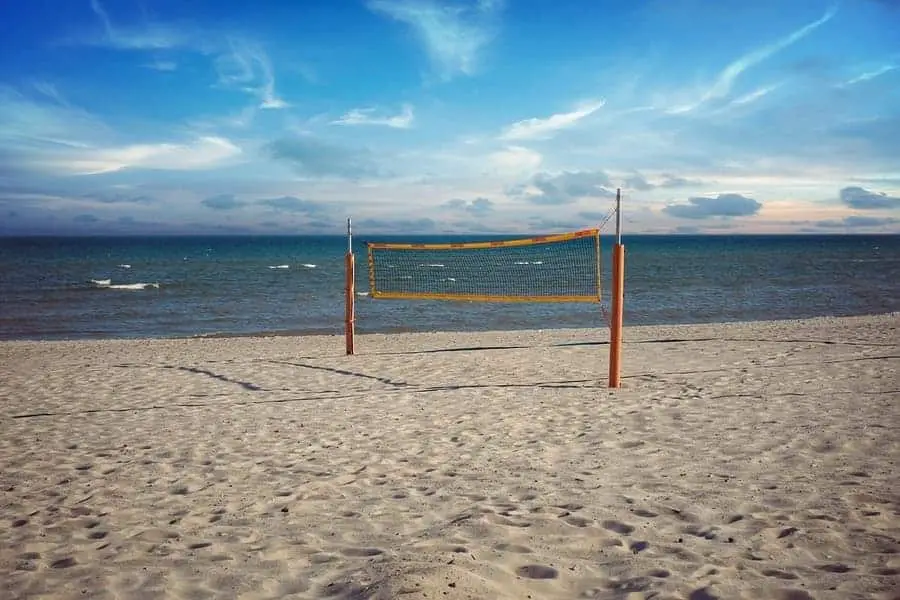
Scott Stover, the owner of 692 Beach Volleyball Club, believes moving and jumping in the sand is more difficult than on the courts. Unlike indoor, beach volleyball forces a player to acknowledge and develop their weaker skills. By combining these, the end result is a stronger indoor game.
It isn’t just Mr. Stover who believes beach volleyball is harder than indoor. Scores of volleyball players have measured in to give their opinion on the difficulty of beach volleyball. Continue to read on and discover the reasons numerous players believe the beach notches out indoor in terms of difficulty.
Elements
Wind
Aside from the obvious simple distraction of the wind blowing sand, it can also make your set harder to control. For example, you set the ball and a gust comes through. What will happen to the ball’s placement in the air?
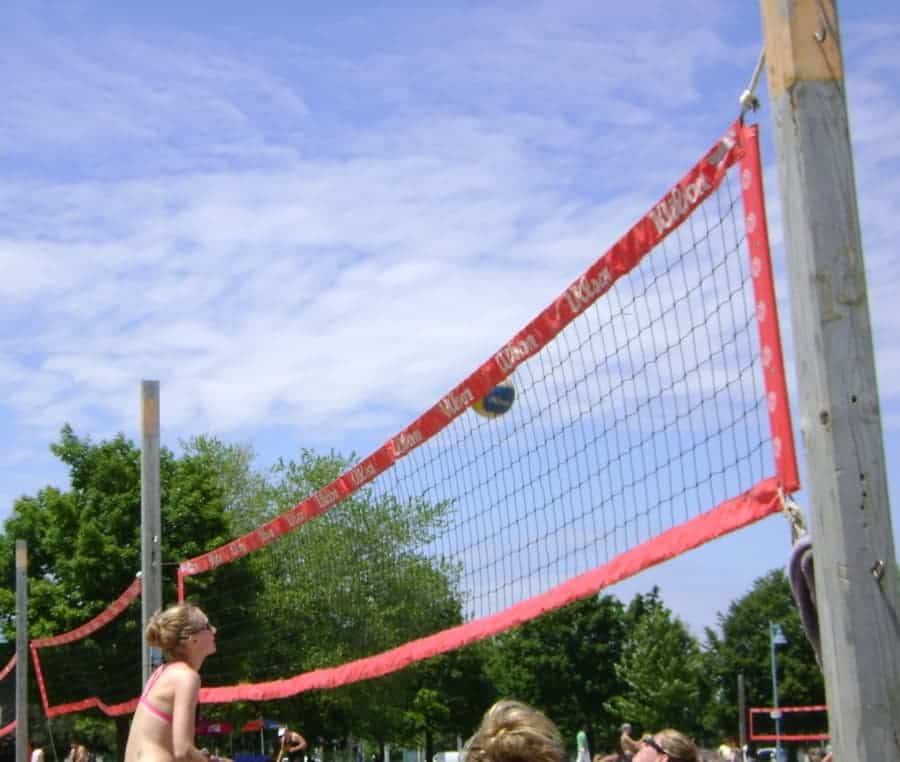
Further, what about after you hit the ball? Pretend the wind picks up right as you go to hit the ball over the net. Could it provide resistance against the momentum of the ball and slow down your hit? On the other hand, could it give back draft to your opponent’s hit causing it to speed up.
Basically, if there is wind, you need to learn how to play against that. Will it help or hinder? Give a boost or cause you to come up short? Know it and use it to your advantage.
Sun
Just like the wind, the sun can play a huge part in effecting your ability to accurately defend or attack in plays. During a serve, the glare of the sun could easily blind you. Likewise, if a ball goes high, trying to spot it while avoiding permanent sunspots is challenging in itself.
The sun could even be considered another opponent. When you have to position yourself against potential blinding, this can indirectly impact your mental game.
Don’t discredit that the sun can also cause your partner’s reactions to be delayed as they wait to be able to see the ball, thus throwing your timing off as a pair. Similarly, do not assume that sunglasses and a hat will be enough to block out the sun’s rays. They can definitely help, but the sun can still be an issue.
Sunblock is a given when the typical uniform is beachwear. Indoor, the florescent lighting does not do much for tiring you out but a day in the heat with a potential burn definitely will wear you down faster than expected.
Heat/Cold/Rain
Indoor volleyball is kept at a comfortable temperature: not too hot and not too cold. The weather outdoors can not promise the same luxury. It may begin to rain or be cold or blazing hot. As a beach volleyball player, you must be ready to meet the demands of Mother Nature and continue to stay focused. This is clearly harder than a cushiony temperature-controlled indoor court.
Sand
The sand hosts its own world of difficulties. First, you are barefoot so there your feet are unprotected. The heat of the sun on a spot of sand untouched can feel like fiery coals to your skin.
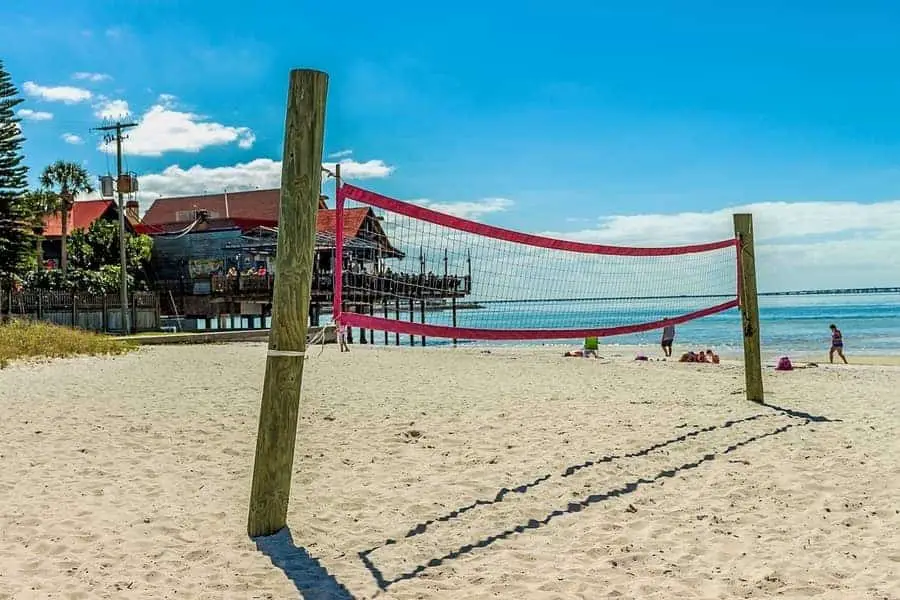
Further, a failed squint can lead to an eyeful of sand, or any other place the sand can sneak into: nose, mouth, uniform. And even places on your body where sand should never go…
This does not even touch the fact that sand slows your motions so getting to the incoming serve may no longer be as simple as willing your body to move. Jumping height decreases with the sand and the motion of your foot to push off must be adjusted to account for the bending and sinking of the sand under your weight.
Then there’s all the dips in the ground. Sand does not make an even playing surface, so there’s always a chance that as you’re running for the ball, you’re going to hit a dip or a mound of sand, which will affect your footing.
Because you are also trying to move through the sand, you are bound to burn more calories than normal. This means you are likely going to need to replenish fluids faster or you risk burn out.
Physical Movements
Jumps
When you jump, your technique needs to have some adjustment. After practicing on a flat floor with no give, the changes in the technique will make beach seem quite a bit harder.
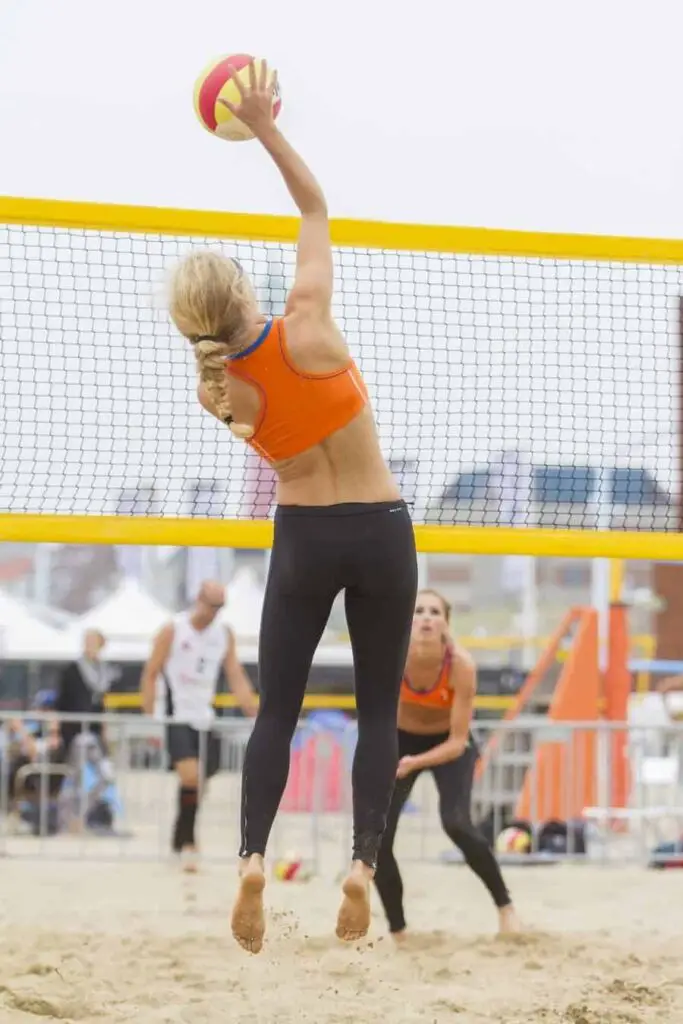
During indoor, when you jump, you can jump up and forward but in sand, this will only cause you to be stopped by the sand. You must work to simply jump up. Use your swinging arms and back to help your jump versus utilizing your legs alone. Eventually, you will learn how to use the sand to your advantage. The movement in the sand from feet and grounded balls will cause divots. When you start with beach volleyball, the uneven surface caused by these divots create frustration as they warp the surface even further. In time, these divots will work to your advantage as you use them to push off and gain speed.
Focus on your feet. Keep the soles of your feet flat and jump. You may need more of an angle in your knees to be able to get a strong jump. Indoor volleyball allows you to use your ankles and feet to jump. In sand, your toes will sink into the sand if you try to push with your toes.
Keep in mind there is a sequence and timing needed to jump in sand. You must practice this to account for the delay when timing your jump for a ball. Indoor, you simply jump. Running forward to jump will cause you to sink into the sand.
Skill set
Indoor volleyball allows you the ability to specialize in your position, drawing attention to your strengths. Perhaps you are not the best setter. No worries; someone else can jump in and cover that position. Not during beach volleyball.
Related article: A Simple Guide to Volleyball Positions and Rotation
During beach volleyball, you must force yourself to become well rounded and develop those skills you could hide indoor. You cannot hide in beach. Between yourself and your partner, you must cover the entire court and every position. Instead of being able to hide your weaknesses, you are forced to become a well-rounded player.
Passing
Indoor volleyball gives room to have an off-pass. If you see a pass is going to be flying a bit too far, you can start your run a tad sooner and put more effort and get it back. In beach, there is no such accommodation.Because the sand slows you down, passing skills become much more imperative. Trying to constantly run through sand and work your legs to jump will deplete your energy reserves much faster. You and your partner need to discuss, practice, and ultimately be able to be in agreement about where the passes and sets will be.
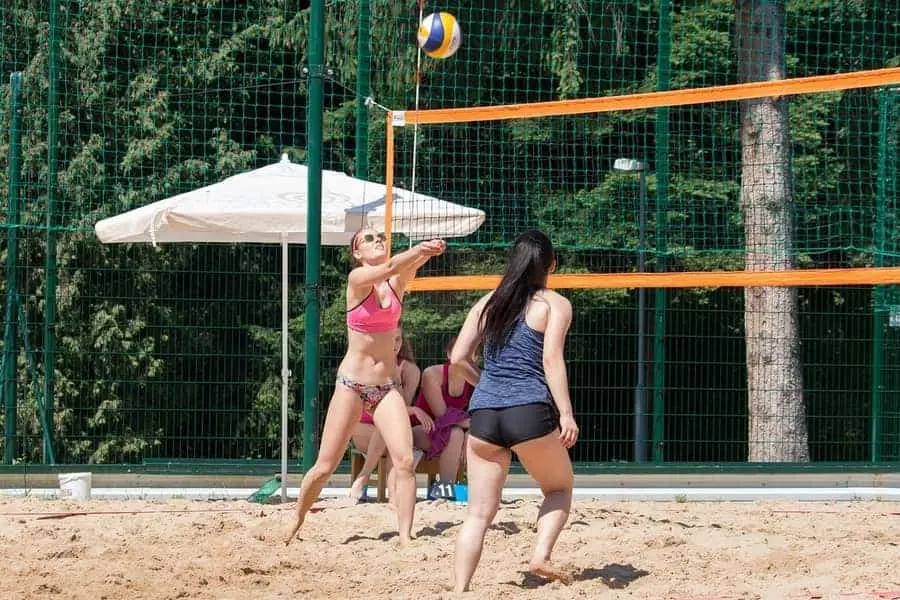
Additional Considerations
Partners
As touched on in passing, partners will make or break your experience. Everything in beach requires more power and intention because the elements reduce your jumps, speed, and mobility. This intention extends to your partner.
Be on the same page. Because you cannot quickly make up ground, every hit must be thought out and calculated. Each opposing hit needs to be pre-measured and movement toward the ball’s eventual direction must be made; however, if your partner doesn’t see the same need or read where you are going, you could end up colliding or one of you tiring out quicker from trying to cover the whole court.
Communication is the key to a strong beach volleyball partnership. Partners who have played together for a long time will often seem like they’re reading each other’s minds, they’re so comfortable playing together.
Barefoot
This seems obvious but the end result of being barefoot makes beach a bit harder. First, you have an obvious lack of traction. Your feet will slip while running and your toes will sink. Further, because of the lack of shoes, you have zero ankle support making injury a much more viable possibility. Finally, the heat from the sun on the foot can be distracting.
When every other time in your life you function with the support of a shoe, removing it equates to a need for increased practice and focus. How you land needs to be taken into account. The roll of the sand or any holes must be noticed. Do not take for granted because you have played in the sand for fun, beach volleyball will be the same footing.
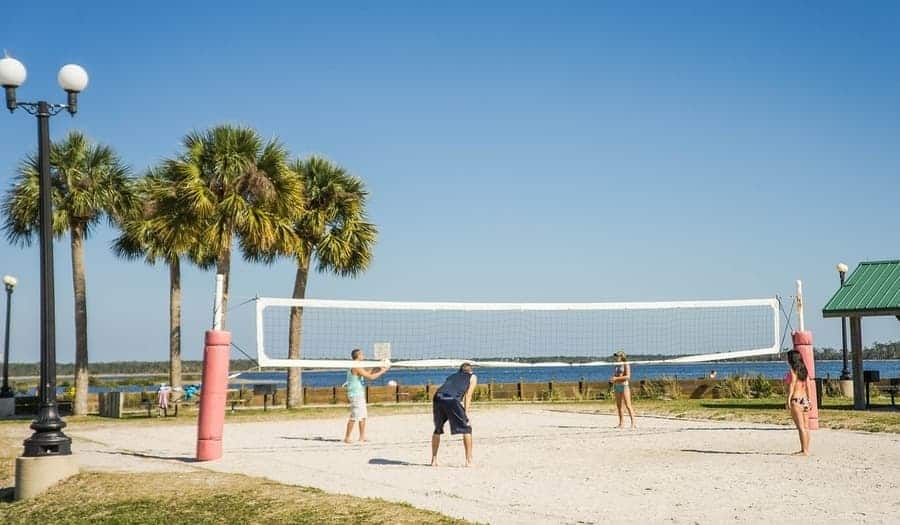
Rules
There are particular rules that can throw you in beach volleyball. For example, in beach the first touch off the block counts as one of your three touches which changes the way and when you need to set your partner. You must have no spin on the set at all and only use your hands to set if it will be perfectly clean. There are particulars such as no open-hand tip and learning the poke. While you will pick these changes in rules up, when you go off muscle memory, it definitely makes beach volleyball much more intentional and therefore a bit harder.
Related article: Rule Differences Between Beach And Indoor Volleyball
Strategy
Those who have played beach volleyball for awhile come with tips to help you with this sport. If you have a windy day, a bump set with a little rotation can cut through the wind. Avoid setting or blocking from low spots in the sand. Get use to building your endurance and working harder for the points, especially with the decreased speed.
Unlike indoor where spiked balls are expected, during beach volleyball, the ball will likely go where you are not since your opponents know you are slower to move in sand. Do the same to them. In addition, get used to the smaller court and plan your attacks shorter than you normally would.
Finally, as your mom probably told you at one point, wear sunscreen and bring water. The sun can be your biggest threat. Stay safe.
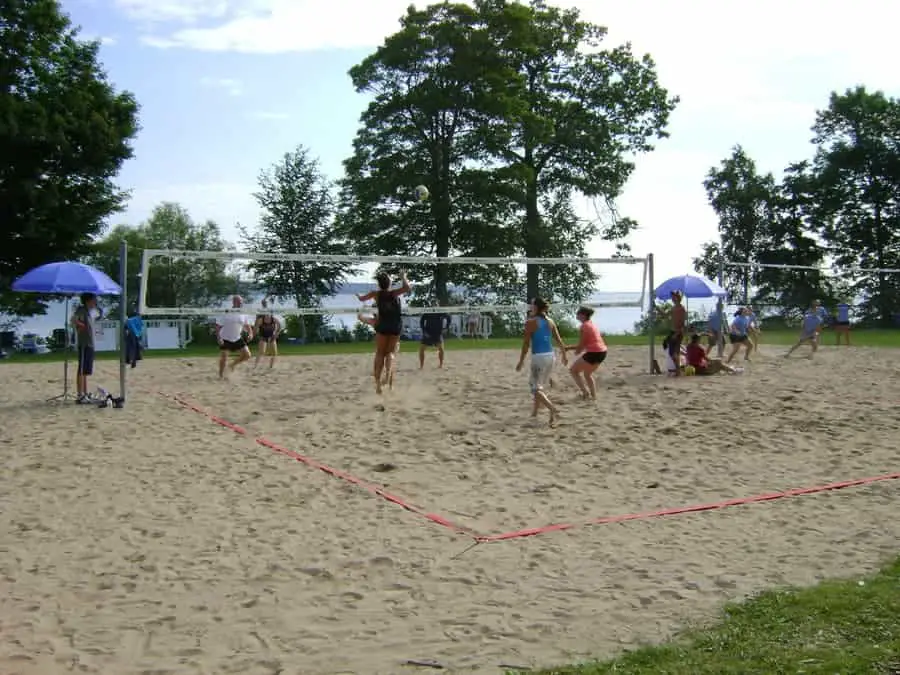
Beach volleyball IS harder
From the mouths of your fellow players, beach volleyball is harder. With all their words on increased focus, the elements, court and rule changes, and the physical hinderances, one thing stands out. They all love it. So do not let the work scare you away. Like most things in life, the effort is worth the end result which in this case, is a killer game in the sand with friends.
Related articles:
7 Differences Between Beach and Indoor Volleyball

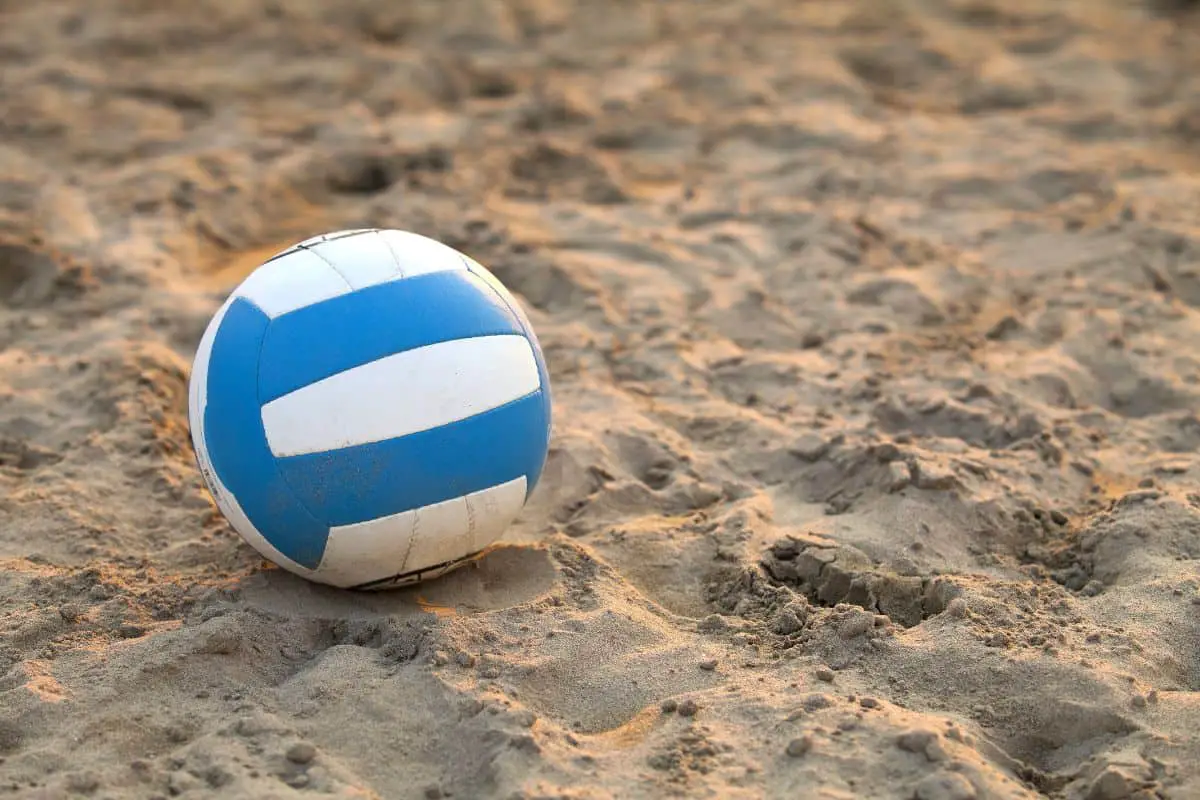
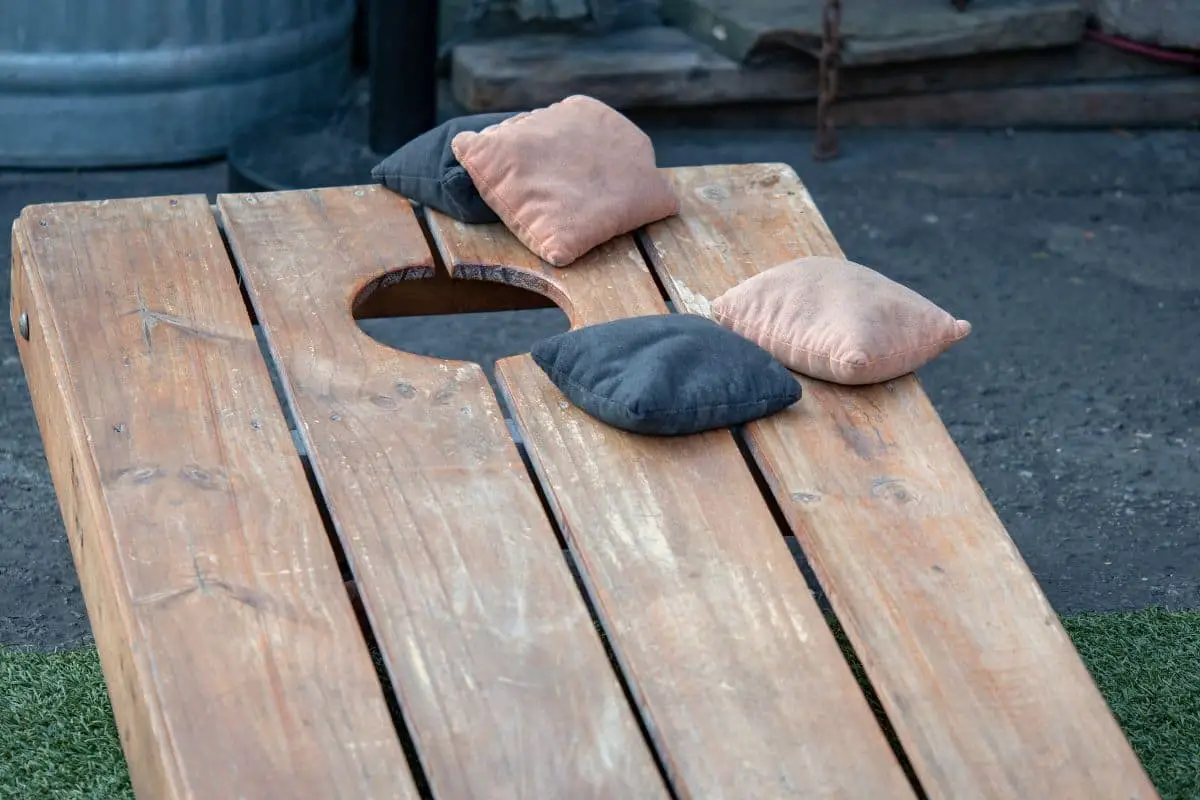
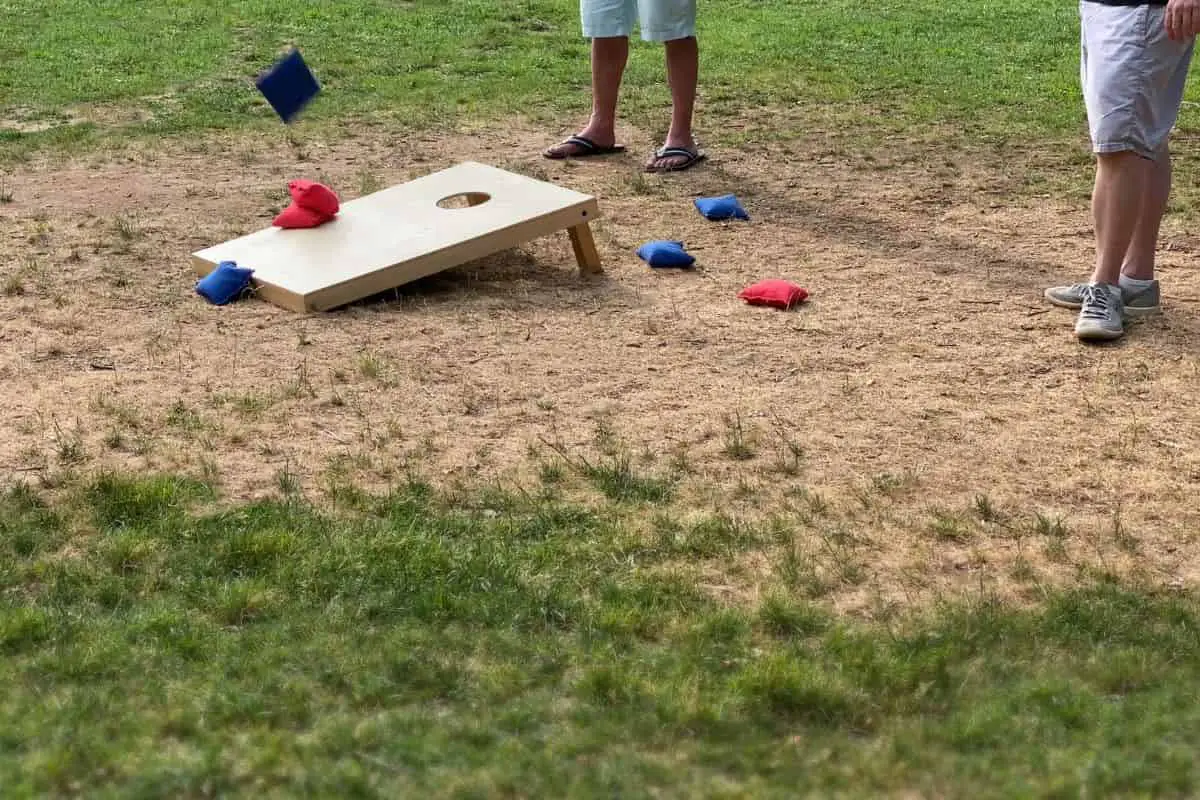
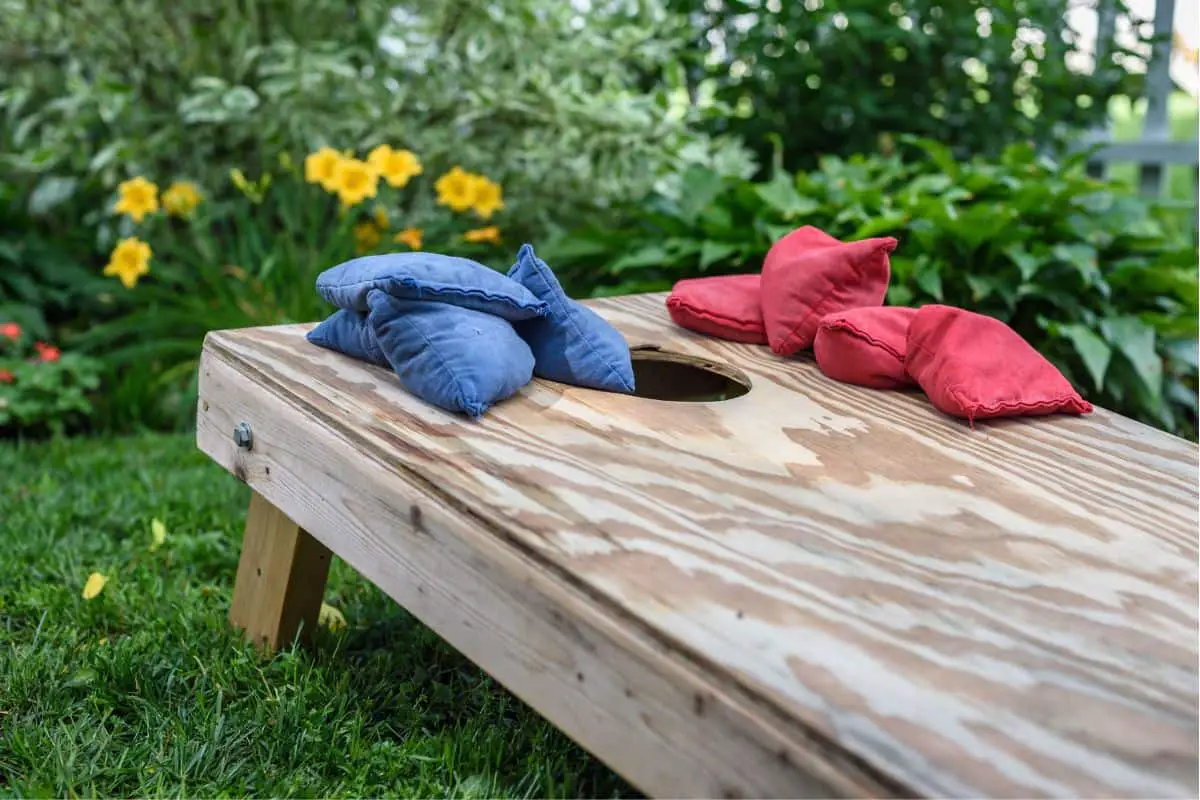

Leave a Reply